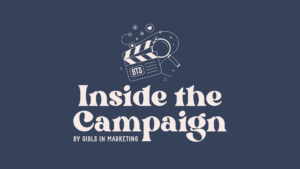2023 is over and what a year it was!
The worldwide digital advertising market was valued at a jaw-dropping $601.8 billion in 2023 and is only set to grow.
From de-influencing and the launch of Threads, to Barbenheimer and a gigantic IKEA bag on Oxford Street, we’ve seen it all in the world of marketing.
As we kick off the new year it’s time to look ahead and, as marketers, think about what marketing trends to focus on in 2024.
But before we jump in, let’s recap some of the most popular marketing trends in the last 12 months –
Popular marketing trends in 2023
User generated content (UGC)
Last year, we saw an increasing number of brands incorporating user generated content (UGC) into their marketing strategy.
Why? Because UGC is a hit with consumers.
According to Hearts & Science, 79% of people say that UGC highly affects their purchasing decisions and they find it 9.8 times more impactful than influencer content.
In a world full of advertisements and paid collaborations, we’ve begun to favour authentic content created by those who have used a product or service and just want to share their honest opinion.
Don’t underestimate the power UGC could have for your brand!
Everyday activewear brand Adanola continues to harness the power of UGC.
If a prospective customer wants to know anything about Adanola’s extensive product range, they can find an answer from existing customer’s on TikTok.
Whether you want to know about the fit of their viral hoodie or what’s in their latest collection, type it into the search bar.
Sustainability
With an ever-growing conversation around global warming and environmental concerns, sustainability has become a key focus for new and existing businesses.
In business, sustainability refers to a company’s efforts to reduce their negative impact on the environment.
Whether you offer a product or service, it’s important to think about ways you can make your business more sustainable. Why not take a closer look at your products and packaging, or think about how you source your materials and what’s in your working environment.
To dive deeper into sustainability in marketing, we spoke to Margaret Ward.
Margaret is the founder and strategist at Claddagh Creative, a holistic and ethical marketing agency driven to create a positive global impact.
‘At Claddagh Creative, we truly believe that as marketers, we not only have a responsibility to incorporate ethical and sustainable marketing techniques into our work, but we also have the power to do it.
We’re the ones who are in direct communication with our clients and brand customers. We engage and speak with them daily and have the power to help them to make better choices.
Marketing for sustainable businesses doesn’t have to be vastly different from normal marketing techniques, but instead, it’s just about taking those tried and tested marketing strategies and infusing them with consciousness, ethics, and a deep regard for people and the planet.
We’ve noticed over the years that brands can be fearful of using marketing techniques that are commonplace with fast fashion in fear of being labelled negatively, but in my opinion, that just removes the sustainable brands from being able to compete and get in front of our target consumers.
We can still do email marketing, events, social media, influencer marketing, etc, but it’s about doing it in a way that truly takes into account people and planet and avoids those toxic tactics that have become too commonplace in the e-commerce world.’
Follow Margaret to hear more about her journey as a founder, sustainability in marketing, and tips and tricks.
Personal Branding
By now we’re sure you’ve heard about personal branding.
Having a personal brand has become incredibly popular for good reason!
Your personal brand should be centred around yourself and can relate to your role or industry.
For you and your business, personal branding can bring an array of opportunities including:
- Improve visibility for you and / or your business
- Build trust with an audience
- Grow your audience and discover new opportunities
- Stand out from the crowd in your industry or niche
Building a personal brand will take time, whichever platform you choose, but it’s worth it and is still something to focus on in 2024.
Marketing trends to look out for in 2024
Generative AI
Generative AI is a type of artificial intelligence technology that can produce text, imagery, audio, and imitative data.
From generating content and personalising it, to analysing data and helping solve customer problems, is transforming the marketing landscape.
In fact, according to Capgemini, 78% of organisations using AI marketing saw customer satisfaction scores increase by at least 10%.
As of 2023, 73% of marketers in the United States were using generative AI tools as part of their work.
There are hundreds of AI tools available out there including:
- ChatGPT
- Jasper AI
- Bard
- Copy.ai
- Zapier
Make sure to check them out and make your day to day role that bit easier!
AI is a scary topic for a lot of marketers, but can benefit us in more ways than one.
If you’re interested in hearing more about AI tools, improvements in the AI space, and how we use AI at Girls in Marketing then this episode of the Girls in Marketing Podcast is for you.
Personalisation
If you’re like us and love brands who utilise personalisation, you’re in luck because it’s here to stay and set to continue growing in 2024.
This trend leverages consumer data to customise content and make audiences feel like an individual rather than one of many.
Spotify’s annual Wrapped and Coca Cola’s Share a Coke campaign are two iconic examples of personalisation and just how effective it can be.
But remember, you don’t need a mega budget to personalise your content.
Here are some simple, cost-effective ways to personalise your marketing –
- Customer loyalty programmes
- Recommendations based on purchase and / or search history
- Add name personalisation to email content and send to relevant segments
- Customisable products or services (e.g. quizzes on websites to find the right product or service for you)
- Welcome back pop-up or messages on landing pages
88% of consumers believe that the experience a company provides is just as important as their products and services.
By incorporating personalisation into your marketing you can create a more tailored experience that keeps your consumers satisfied, engaged, and coming back for more.
Community
A brand community is a place where people who have a connection to and follow your brand go to connect with each other.
Cultivating a brand community is essential if you want loyal consumers, positive brand reputation, high retention rates, and so much more!
4 in 5 consumers consider community important to brand engagement.
Building a community can help you forge strong relationships with consumers, boost brand engagement and visibility, and impact brand reputation.
Forums, reward or loyalty schemes, and social media platforms are great examples of places to build your brand community.
Since 1971, Starbucks has worked to grow a dedicated community of coffee lovers from all over the world. And, their Starbucks Reward Scheme is a hit with customers!
Customers earn stars for their purchases in exchange for free drinks, access to new and exclusive merchandise, and more. In addition, Starbucks provides their members a personalised experience with a free treat on their birthday.
Short-form video content
It’s hard to believe just how popular short-form video content has become across social media platforms and (spoiler alert) it’s going nowhere.
Short form video content was initially categorised as any video under 10 minutes. Many marketers now agree that short form video content should last less than 3 minutes – the ideal length being between 30 seconds to one minute.
Regardless, your short form video content should be short and snappy to keep an audience engaged.
One of our favourite examples of short-form video content is SheerLuxe.
With over 800,000 social media followers combined, SheerLuxe is the UK’s leading online fashion and lifestyle publication. On TikTok, SheerLuxe posts fun behind the scenes content that their audience can’t get enough of.
Whether it’s what the team is watching or what’s on their wish list, to jumping on popular trends, SheerLuxe keeps their audience hooked and coming back for more.
If you haven’t already, think about whether any of these trends would work for your business and how you could incorporate them into your marketing strategy.






